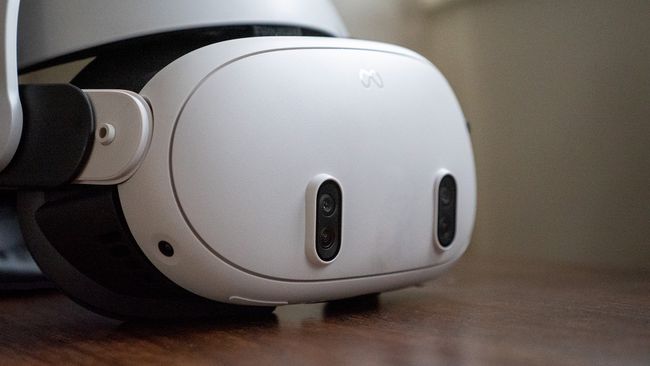Meta, the company formerly known as Facebook, is planning to launch two new virtual reality headsets in the next couple of years. The Meta Quest 4 and Quest 4s are set to hit the market in 2026, with a follow-up to the professional-level headset, the Meta Quest Pro 2, slated for release in 2027. Here’s a breakdown of what we know so far about these upcoming releases and what they mean for Meta’s ambitious virtual reality (VR) and augmented reality (AR) plans.
New Headsets in the Pipeline
Meta Quest 4 and Quest 4s
The Meta Quest 3 is still relatively new, but Meta is already preparing its successors. According to a report by The Information, Meta plans to release both the Meta Quest 4 and Quest 4s in 2026. This dual release strategy will introduce a premium model and a more budget-friendly version simultaneously, marking a shift from Meta’s current approach. Currently, Meta is rumored to be releasing a more affordable version of the Quest 3, dubbed the Meta Quest 3s, this Fall.
Meta Quest Pro 2
Following the Meta Quest 4 and Quest 4s, Meta plans to launch the Meta Quest Pro 2 in 2027. This pro-level headset is aimed at advanced users and professional applications. Despite some recent setbacks, including the cancellation of an LG-made prototype, the Quest Pro 2 is still on track according to the latest reports.
Strategic Changes and Budget Cuts
While Meta is gearing up for these new product launches, it’s also planning significant budget cuts. The company intends to reduce research and development (R&D) spending for Reality Labs, the division responsible for its VR and AR products, by 20% by 2026. Reality Labs has been known for its high spending, despite delivering several successful products such as the Meta Quest series and Ray-Ban Meta smart glasses.
These budget cuts are part of Meta’s broader strategy to streamline operations and boost profitability. Reality Labs has recently shown impressive growth, with a 30% increase in revenue over previous quarters, driven by strong sales of Quest headsets and other VR products. By reducing R&D costs while continuing to innovate, Meta aims to enhance the financial performance of Reality Labs.
Expanding Product Line
In addition to the new VR headsets, Meta is also planning to expand its product lineup with new AR glasses set to launch this Fall. These new AR glasses, along with the budget-friendly Meta Quest 3s, are expected to further increase Reality Labs’ revenue. The combination of new product launches and reduced R&D spending could potentially make Reality Labs profitable, which has been a long-term goal for Meta.
The Implications for Users and the VR Market
The rapid succession of new headset releases might seem surprising, especially for those accustomed to longer cycles between major console releases from companies like Microsoft, Sony, and Nintendo. However, in the fast-evolving world of VR, staying ahead with the latest technology is crucial. The three-year gap between the Quest 2 and Quest 3, and now a similar timeline for the Quest 4, reflects Meta’s commitment to maintaining its leadership in the VR space.
For users, this means access to more advanced and varied VR experiences sooner. The Quest 4 is expected to build on the success of its predecessors with improved performance, enhanced features, and a more immersive experience. Meanwhile, the Quest 4s will offer a more affordable option without compromising on quality, making VR accessible to a broader audience.
The Competitive Landscape
Meta’s aggressive product release strategy also underscores its determination to stay ahead in a competitive market. Competitors like Sony, HTC, and Valve are continuously developing their own VR technologies, and Meta’s frequent updates ensure it remains a key player. The introduction of both premium and budget-friendly models allows Meta to cater to different segments of the market, from casual users to VR enthusiasts and professionals.
Financial Outlook
Analysts are optimistic about Meta’s financial prospects with these upcoming releases. The expected increase in revenue from the new headsets and AR glasses, combined with the cost-saving measures from reduced R&D spending, is likely to boost Meta’s overall profitability. Wall Street’s positive outlook reflects confidence in Meta’s ability to navigate the challenges of the VR market while continuing to innovate.
Conclusion
Meta is poised to make significant strides in the VR and AR markets with the upcoming releases of the Meta Quest 4, Quest 4s, and Quest Pro 2. These new headsets, along with the strategic budget cuts and expansion of the product line, indicate Meta’s commitment to maintaining its leadership in the industry. For consumers, this means more advanced and accessible VR experiences in the near future. As Meta continues to innovate and adapt, the future of VR looks promising, with exciting developments just around the corner.
